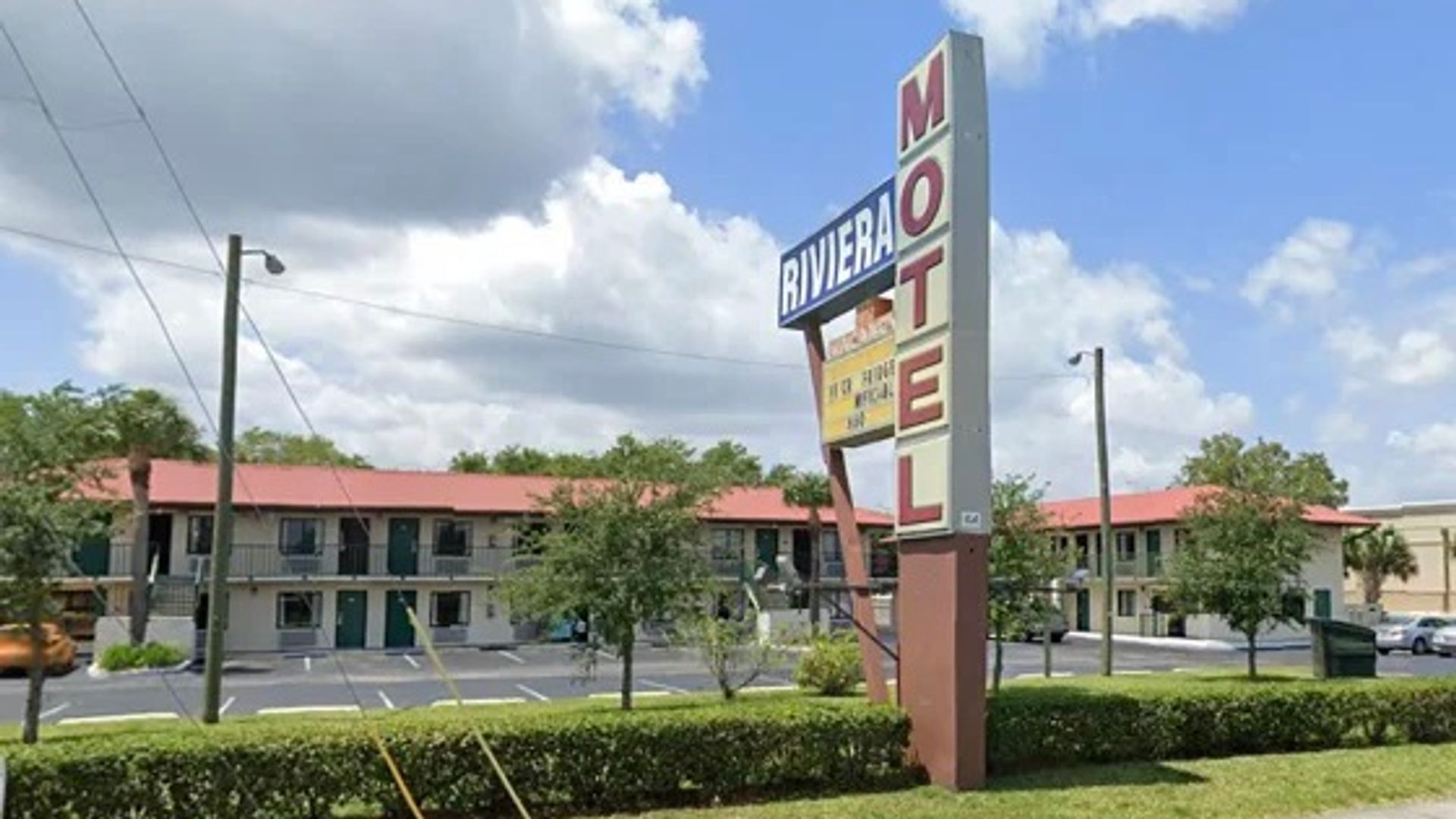
In the not-too-distant future, the electric grid has failed and nuclear plant meltdowns have killed millions. People wander the East Coast in search of survivors, seeking solace together around a campfire while struggling to recall the dialogue from a 1993 episode of “The Simpsons.”
Seven years later, traveling theater companies reenact the episode and others as they compete to buy lines from people who claim to remember the cartoon show. Jump ahead 75 years and the “Cape Feare” episode has been ritualized into an outrageous musical liturgy.
Penobscot Theatre Company’s “Mr. Burns, A Post-Electric Play” is mind-blowing, eye-popping theater that sends audiences out of the Bangor Opera House guffawing, scratching their heads and thinking about what it all means. This is an unpredictable and brilliant production that defies a one- or two-sentence distillation but shows the importance of storytelling in bringing a community together and allowing it to heal while satirizing the role of popular culture in 20th and 21st century America.
“Mr. Burns” was written by Anne Washburn, who also wrote the lyrics for Michael Friedman’s third-act score. The play debuted in 2012 at Woolly Mammoth Theatre Company in Washington, D.C. It moved to Playwrights Horizons in New York City later that year. “Mr. Burns” was performed in 2016 in Stonington by Opera House Arts and by Mad Horse Theatre Company in South Portland the following year.
Penobscot Theatre Artistic Director Jonathan Berry emphasizes the humanity of the characters caught in an absurd landscape. He builds a tight ensemble that hurtles toward the outrageous third act expertly balancing the ridiculous and the tragic with a deft comedic touch. The director perfectly paces the action as the show hurtles toward its conclusion.

The ensemble cast is made up of Allen Adams, Jeri Misler, Aaron Kircheis, Aimee Gerow, Luke Myers, Holly Costar, Rebekah Novak and Jenny Hart. All play multiple roles equally well, but three actors standout.
Kircheis, who was in “Mary Poppins the Broadway Musical” last season and in “A Christmas Carol” last year, is captivating in Act One as the man who urges his fellow survivors to recall the “Cape Feare” episode line by line. His enthusiasm for remembering the dialogue underscores the playwright’s theme on the power of storytelling.
There is nothing in Myers’ performance in the first half of the show that prepares the audience for his over-the-top portrayal of Bart Simpson’s homicidal enemy in the final act. His maniacal portrayal is hysterically mesmerizing and in high contrast to his stoic vagabond.
As Bart Simpson, the perpetual boy mischief maker in the series, Novak perfectly captures his false bravado and actual fear in the third act as the character comes face to face with his archenemy. She is a wonderful foil to Myers’ evil Sideshow Bob, and their sword fight is visually engaging and exciting.

Scenic designer Dan Bilodeau, costume designer Stephanie Cluggish, lighting designer Jennifer Fok, sound designer Kevin O’Donnell and music director Rob Laraway created a fun and funky look and sound for the show that gets more wild and outlandish as it goes on and successfully captures the wild and whimsical elements of the script.
In addition to “The Simpsons,” the play references the 1962 and 1991 films “Cape Fear” and the 1955 movie “The Night of the Hunter.” Theatergoers not familiar with the television show or the films might want to Google them before going to see “Mr. Burns.” Devotees of “The Simpsons” should be able to follow the plot without going online.
Patrons who prefer bedroom farces and musicals to dramas with a comedic edge may find this production off putting. But theatergoers who like being intellectually challenged by what they see and hear onstage will embrace the high energy and absurdity of “Mr. Burns,” which is as big a triumph for the company as “Mary Poppins” was.
“Mr Burns, A Post-Electric Play” will be performed through May 5 at the Bangor Opera House. For more information, visit penobscottheatre.org or call 942-3333.










